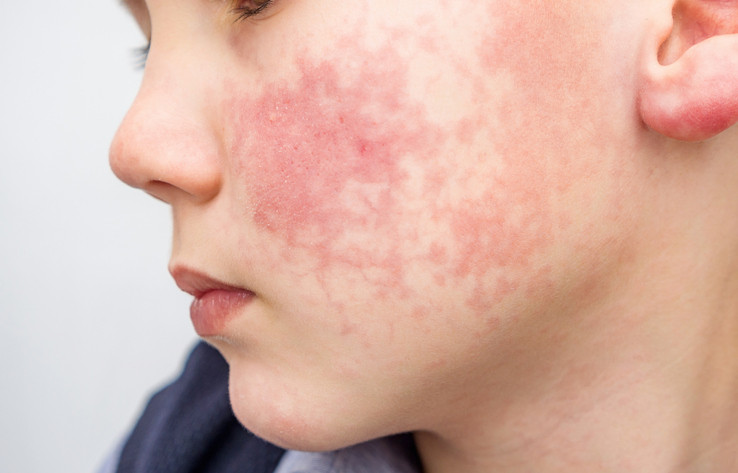Pain
What Is Myositis?

Myositis is the medical term used to describe a group of conditions that involve muscle inflammation. This inflammation can damage the fibers of the muscles, which prevents the muscles from contracting normally, causing muscle weakness. Depending on the cause, myositis can be acute (short-term), resolving in days or weeks, or it can be chronic (long-term).
Myositis is categorized into several types, including but not limited to, the following:
- Polymyositis, in which muscle weakness occurs on both sides of the body
- Dermatomyositis, in which muscle weakness is accompanied by a skin rash
- Inclusion body myositis, in which muscle weakness affects one side of the body more than the other
What are the signs and symptoms of myositis?
There are numerous causes of myositis. The signs and symptoms of myositis vary depending on the cause, but the most common symptoms include the following:
- Muscle weakness
- Muscle pain or soreness
- Fatigue
- Tripping or falling
- Rash
- Difficulty swallowing or breathing
What are the causes of myositis?
There are numerous causes of myositis including, but not limited to, the following:
- A viral infection such as a cold, the flu, or HIV
- An overreaction of the body’s immune system
- Certain medication use, such as statins or hydroxychloroquine
- Injury to the muscles or vigorous exercise
- Substance abuse, such as alcohol or cocaine
What are the risk factors for developing myositis?
Polymyositis and dermatomyositis are more common in women than in men; however, inclusion body myositis is more common in men than women. Myositis can occur in anyone at any age. The average age for developing polymyositis and dermatomyositis is 50; whereas, the average age for developing inclusion body myositis is 60. Individuals who take certain medications or use substances such as alcohol and cocaine are at greater risk for developing myositis.













